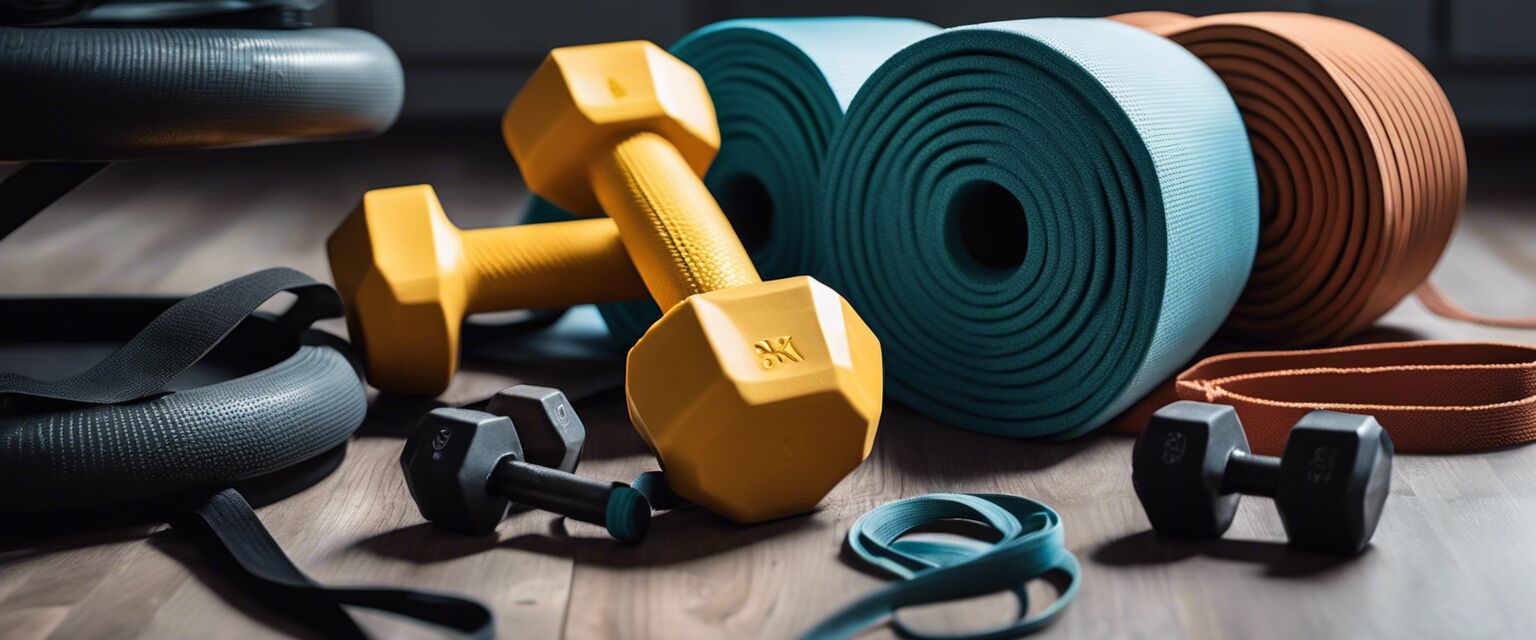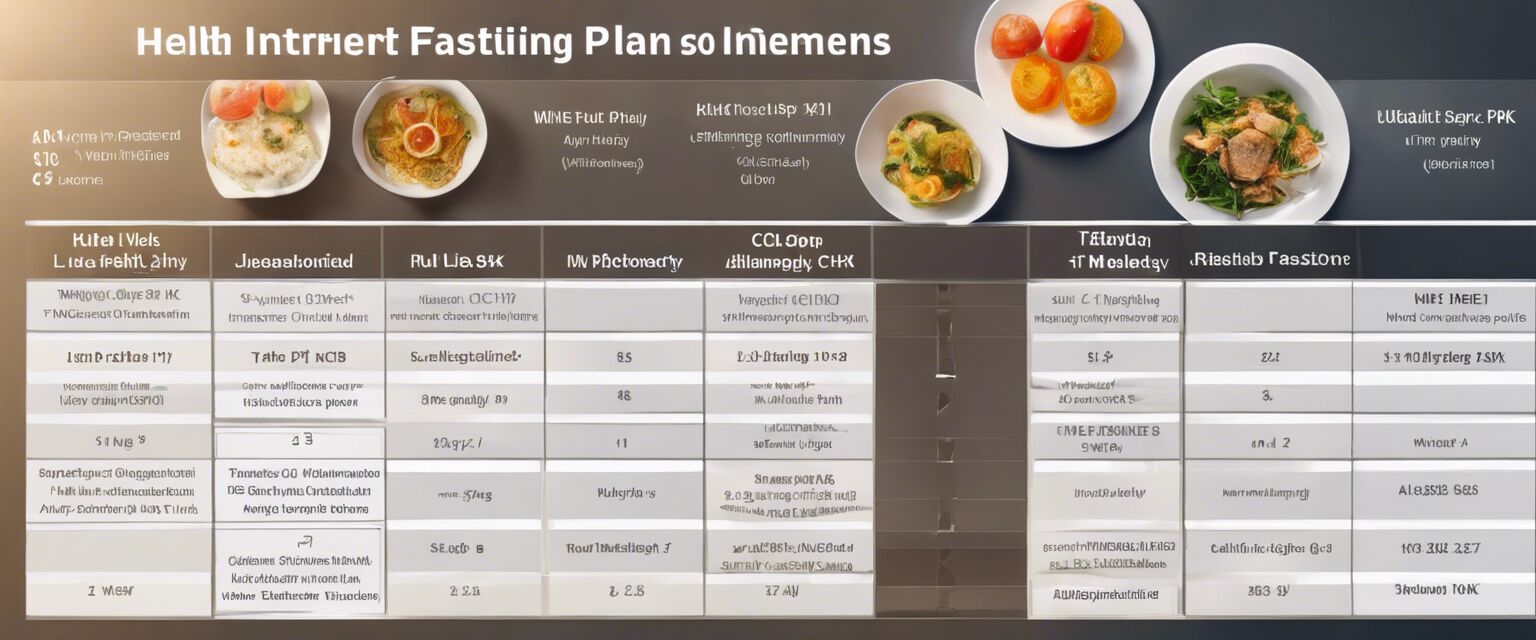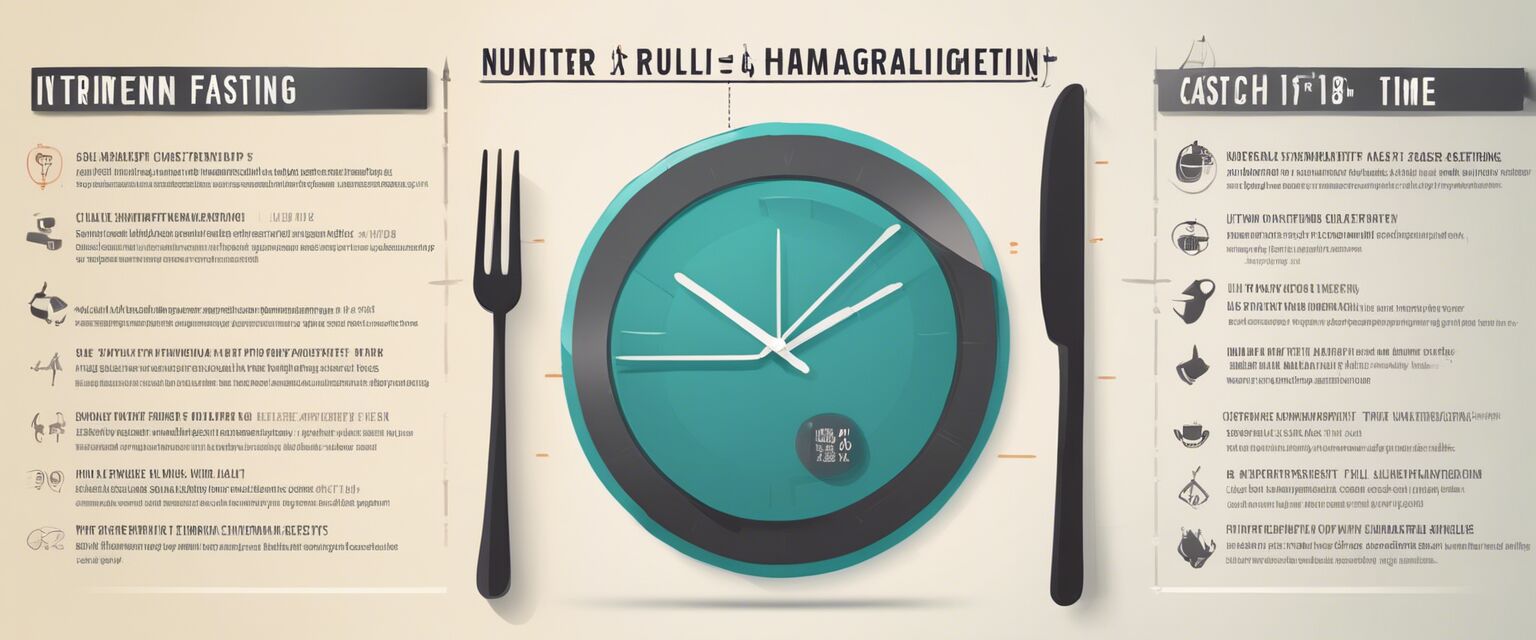
Intermittent Fasting and Exercise
Incorporating exercise into your intermittent fasting routine can enhance your weight loss journey and improve overall health. This article explores how to effectively combine these two powerful strategies for maximum results.
Key Takeaways
- Intermittent fasting can complement your exercise routine.
- Timing your workouts with your eating windows is crucial.
- Stay hydrated and listen to your body during fasting periods.
- Different types of exercise can be beneficial during intermittent fasting.
- Gradually adjust your routine for the best results.
Understanding Intermittent Fasting
Intermittent fasting is an eating pattern that alternates between periods of fasting and eating. It doesn't dictate which foods to eat but focuses on when you should eat them. Common methods include:
- 16/8 Method: Fast for 16 hours and eat during an 8-hour window.
- 5:2 Diet: Eat normally for five days a week and reduce calorie intake on two non-consecutive days.
- Eat-Stop-Eat: Involves fasting for 24 hours once or twice a week.
Why Combine Exercise with Intermittent Fasting?
Combining exercise with intermittent fasting can help you achieve your health goals more efficiently. Here are a few reasons why:
- Improved fat oxidation: Your body may burn fat more effectively during fasting periods.
- Enhanced insulin sensitivity: Exercise can improve your body's response to insulin, supporting weight management.
- Increased energy levels: Many people report feeling more energized during fasting, making workouts feel easier.

Best Types of Exercise During Intermittent Fasting
Different types of exercise can yield various benefits when combined with intermittent fasting. Hereâs a breakdown:
| Type of Exercise | Benefits | Best Timing |
|---|---|---|
| Cardio | Burns calories and fat | Before breaking fast |
| Strength Training | Builds muscle and boosts metabolism | During eating window |
| Yoga | Enhances flexibility and reduces stress | Anytime |
| HIIT | Maximizes fat loss in short bursts | Before breaking fast |
Tips for Exercising While Fasting
Beginners Section
- Start slow: If you're new to fasting or exercise, donât push yourself too hard initially.
- Stay hydrated: Drink plenty of water throughout the day, especially before and after workouts.
- Listen to your body: Pay attention to how you feel during workouts and adjust accordingly.
- Plan your meals: Ensure youâre eating nutrient-dense foods during your eating windows.
- Consider timing: Experiment with when you exercise for optimal energy levels.

How to Structure Your Day
Creating a well-structured day can help you maximize both your fasting and exercise efforts. Hereâs a sample schedule:
| Time | Activity |
|---|---|
| 7:00 AM | Wake up and hydrate |
| 8:00 AM | Morning workout (Cardio or HIIT) |
| 12:00 PM | Break fast with a nutritious meal |
| 1:00 PM | Strength training session |
| 7:00 PM | Dinner and prepare for the next day |
Pros and Cons of Exercising During Intermittent Fasting
Pros
- Enhances fat burning
- Improves metabolic health
- Boosts mental clarity
- Increases workout efficiency
Cons
- May cause fatigue if not managed well
- Risk of dehydration
- Potential for muscle loss if not eating enough
Success Stories
Many individuals have successfully combined intermittent fasting with exercise to achieve their goals. You can read inspiring success stories from people who have transformed their health and fitness journeys.
Conclusion
Incorporating exercise into your intermittent fasting routine can lead to greater health and fitness results. By understanding your body, choosing the right types of exercise, and maintaining a structured schedule, you can maximize the benefits of both practices. Remember to listen to your body, stay hydrated, and enjoy the journey towards a healthier you!






